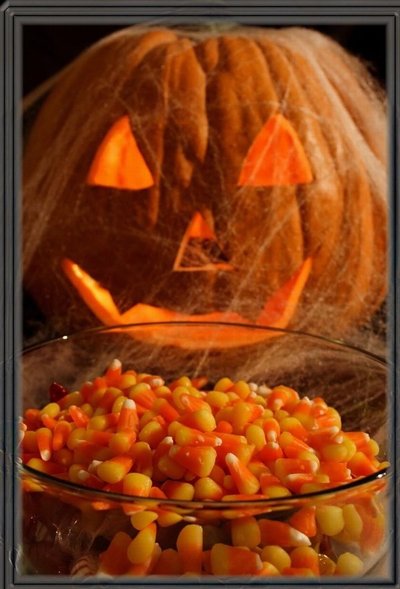October 30, 2008
Beware! Halloween tooth decay is lurking
By Steve Steinberg
School of Dentistry
Many of those who enjoy Halloween will find a scary and unwanted bonus: a crop of cavities on their next visit to the dentist.
That’s because the mouth’s bacteria-filled plaque reacts with the sugar in candy to produce acid that attacks tooth enamel. The eventual result can be tooth decay.
It’s not just a matter of how much candy you eat, says Dr. Joel Berg, chair of Pediatric Dentistry at the UW School of Dentistry and Director of Dentistry at Seattle Children’s hospital. The type of candy matters, too.
Sticky stuff like gummy candy or caramel or taffy or other chewy candy is worse for your teeth than, say, plain chocolate that saliva can wash away, Berg says. How long the candy stays in your mouth also matters, he notes. Unless they’re sugar-free, hard candies and mints that take a long time to dissolve can prolong the time the teeth are under attack.
“It’s unrealistic to expect that adults and kids won’t eat treats at Halloween,” Berg says. “But you can do a lot to limit the damage.”
For example, if you can’t brush right after eating a treat, chewing sugarless gum — which increases saliva flow — can help wash out the mouth. You can also simply rinse your mouth with plain water. And xylitol, an ingredient found in sugarless candies, can also provide additional protection against decay.
Parents can help by sorting through the Halloween treats their kids bring home and removing the worst offenders.
Berg also cites these tips from the American Dental Association (ADA):
- Consume sugary foods with meals. Saliva production increases during meals and helps neutralize acid production and rinse food particles from the mouth.
- Limit between-meal snacks. If you crave a snack, choose nutritious foods and consider chewing sugarless gum afterward.
- Drink more water. Consuming optimally fluoridated water can help prevent tooth decay. If you choose bottled water, check the label for the fluoride content.
- Brush your teeth twice daily and floss daily with ADA-accepted dental products.
- See your dentist regularly.



